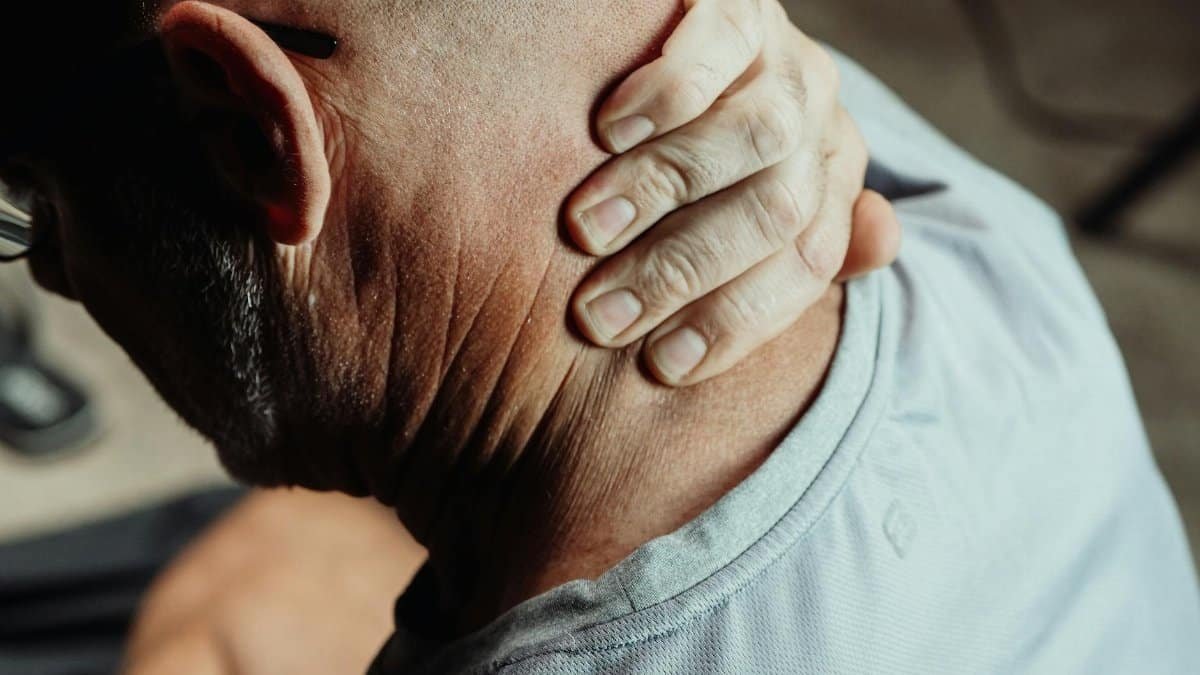Walk down any street in Portland, Oregon, these days, and you might notice something striking. Amid the drizzle and coffee shops, more people are lacing up their sneakers, not for a jog, but for a steady, purposeful stroll. Parks brim with walkers of all ages, some with earbuds, others in quiet conversation. It’s not just a quirk of the Pacific Northwest. Across the U.S., walking is shedding its image as a mundane chore and emerging as a health lifeline. The science behind walking health science benefits is piling up, pointing to a simple truth: moving more on foot—and sitting less—might be one of the easiest ways to transform well-being. This isn’t about extreme fitness goals. It’s about reclaiming small, daily steps as a powerful act. So, why exactly should we prioritize walking in 2025? The evidence, from heart health to mental clarity, offers 11 compelling reasons to get moving.
1. A Shield for Your Heart

Heart disease remains a leading killer in the U.S., but walking offers a surprisingly robust defense. Studies show that regular walking can lower blood pressure and reduce the risk of cardiovascular events. A 2018 study from the American Heart Association found that brisk walking for just 30 minutes a day, five days a week, can cut heart disease risk by up to 31%. Imagine that—a half-hour stroll rivaling the benefits of more intense workouts for some. It’s not just about the numbers. Walking gets blood flowing, eases strain on arteries, and helps manage cholesterol. For middle-aged adults, often juggling desk jobs and family stress, this low-impact habit is a practical way to protect what matters most.
2. A Natural Mood Booster

Ever notice how a quick walk can melt away a bad day? There’s science behind that lift. Walking triggers the release of endorphins, the body’s feel-good chemicals, while reducing cortisol, the stress hormone. Research from Frontiers in Immunology highlights how even moderate walking can combat symptoms of depression and anxiety. For many, it’s a quiet reset. Take Sarah, a 48-year-old teacher from Ohio, who started walking after work to unwind. “It’s like hitting a mental refresh button,” she said. “I’m not snapping at my kids as much.” In a world of endless notifications, stepping outside offers a rare chance to unplug and breathe.
3. Weight Management Without the Grind

Weight loss doesn’t have to mean grueling gym sessions. Walking burns calories steadily—about 100 to 300 per hour, depending on pace and body weight—and can help maintain a healthy balance over time. A study by Harvard T.H. Chan School of Public Health found that women who walked briskly for at least 30 minutes daily were less likely to gain weight as they aged. It’s not a quick fix, but a sustainable one. Pair it with mindful eating, and the impact grows. No equipment, no membership fees—just a pair of shoes and a sidewalk.
4. Stronger Bones, Fewer Fractures

As we age, bone density often declines, raising the risk of fractures. Walking, though gentle, is a weight-bearing exercise that strengthens bones. The National Institute of Arthritis and Musculoskeletal and Skin Diseases notes that regular walking can slow bone loss and even build density in the hips and spine. For middle-aged adults, this matters. A fall at 50 can derail life far more than at 30. Each step sends a subtle signal to bones: stay strong. It’s a quiet investment in mobility for decades ahead.
5. A Brain Boost for Focus and Memory

What if a walk could sharpen your mind? Emerging research suggests it can. Walking increases blood flow to the brain, supporting cognitive function and potentially staving off decline. A study published in NeuroImage showed that regular walkers had greater brain volume in areas tied to memory and learning. For those over 40, when mental fog can creep in, this is a game-changer. Picture a retiree in Florida, pacing the boardwalk each morning, not just for fresh air but to keep their mind as active as their legs. Small steps, big clarity.
6. Better Blood Sugar Control

Diabetes looms large for many Americans, but walking offers a frontline defense. It helps muscles absorb glucose, lowering blood sugar levels after meals. Research from the American Diabetes Association emphasizes that a 15-minute walk post-dinner can prevent dangerous spikes. This isn’t abstract. For someone managing prediabetes, swapping a couch session for a neighborhood loop could delay or prevent a diagnosis. It’s accessible, immediate, and doesn’t demand a doctor’s note—just a decision.
7. Improved Sleep Quality

Tossing and turning at night? A daily walk might help. Physical activity like walking regulates the body’s sleep-wake cycle, easing insomnia over time. A study in Sleep Health found that adults who walked regularly reported falling asleep faster and waking less often. Timing matters, though—morning or afternoon walks tend to work best, avoiding overstimulation before bed. For those staring at the ceiling at 2 a.m., this simple shift could be a revelation.
8. A Social Connection Catalyst

Walking isn’t always a solo act. It can forge bonds, whether with a neighbor, a friend, or a walking group. Social connection is a cornerstone of mental health, and walking provides a low-pressure way to chat and share. Online discussions often reveal how people crave this. One person described joining a local walking club as “a lifeline after retirement—suddenly, I had people to talk to.” No forced small talk over coffee—just side-by-side steps, conversation flowing naturally. In 2025, as loneliness remains a public health concern, walking together could mend more than muscles.
9. Reduced Risk of Chronic Pain

Back pain, knee stiffness—chronic aches plague many by midlife. Walking, when done with proper form, can ease these burdens by strengthening supporting muscles and improving posture. The Arthritis Foundation points out that regular walking lubricates joints and reduces inflammation. It’s not a cure, but a buffer. Consider a warehouse worker who started walking breaks to counter hours on their feet. Over weeks, the nagging lower back twinge dulled. Motion, it turns out, can be medicine.
10. A Longer, Healthier Life

The big picture is hard to ignore: walking extends life. A comprehensive analysis in the Lancet linked regular walking to a 20-30% lower risk of premature death. It’s not just about adding years, but quality to those years—less time battling illness, more time enjoying life. For middle-aged readers, this hits home. Walking isn’t flashy, but its cumulative effect is profound. Every block walked today builds a healthier tomorrow.
11. An Antidote to Sedentary Habits

Americans sit too much—up to 10 hours a day for some, between work and streaming marathons. This “sitting disease” fuels obesity, heart issues, and more. Walking directly counters it. Even short bursts—10 minutes here, 15 there—chip away at the damage, as noted by the Centers for Disease Control and Prevention. It’s not about guilt-tripping anyone off the couch. It’s about balance. Park farther from the store. Take the stairs. These micro-choices, grounded in walking health science benefits, stack up. In a culture glued to screens in 2025, standing up and stepping out is a quiet rebellion worth joining.
Walking isn’t a panacea, but its benefits cut across body and mind in ways few activities match. The science is clear, from heart protection to stress relief. Yet it’s the simplicity that stands out. No steep learning curve, no pricey gear—just one foot in front of the other. For middle-aged adults, often stretched thin by life’s demands, that accessibility is everything. So, lace up. Start small if you must. The evidence behind walking health science benefits suggests each step is a vote for a better, longer life. Where will your next walk take you?
